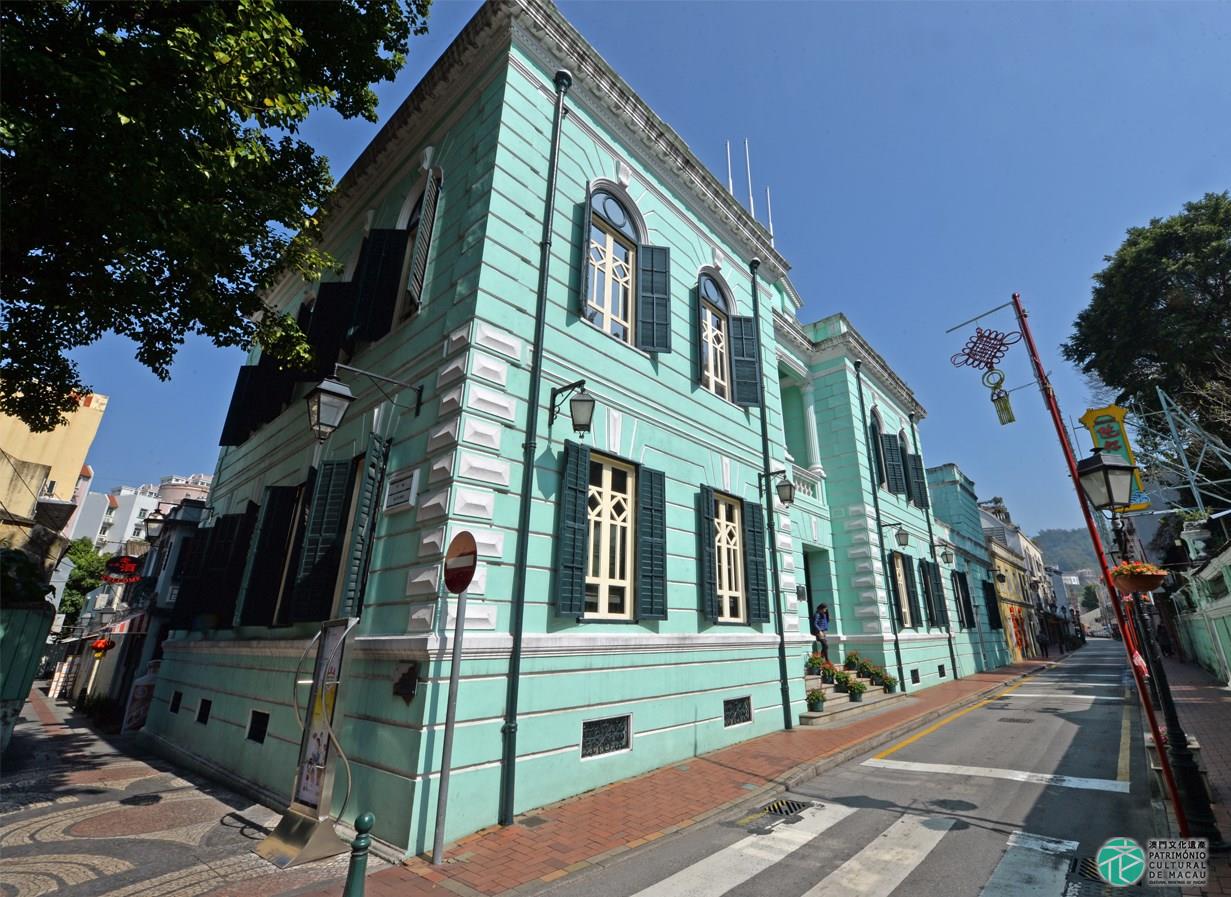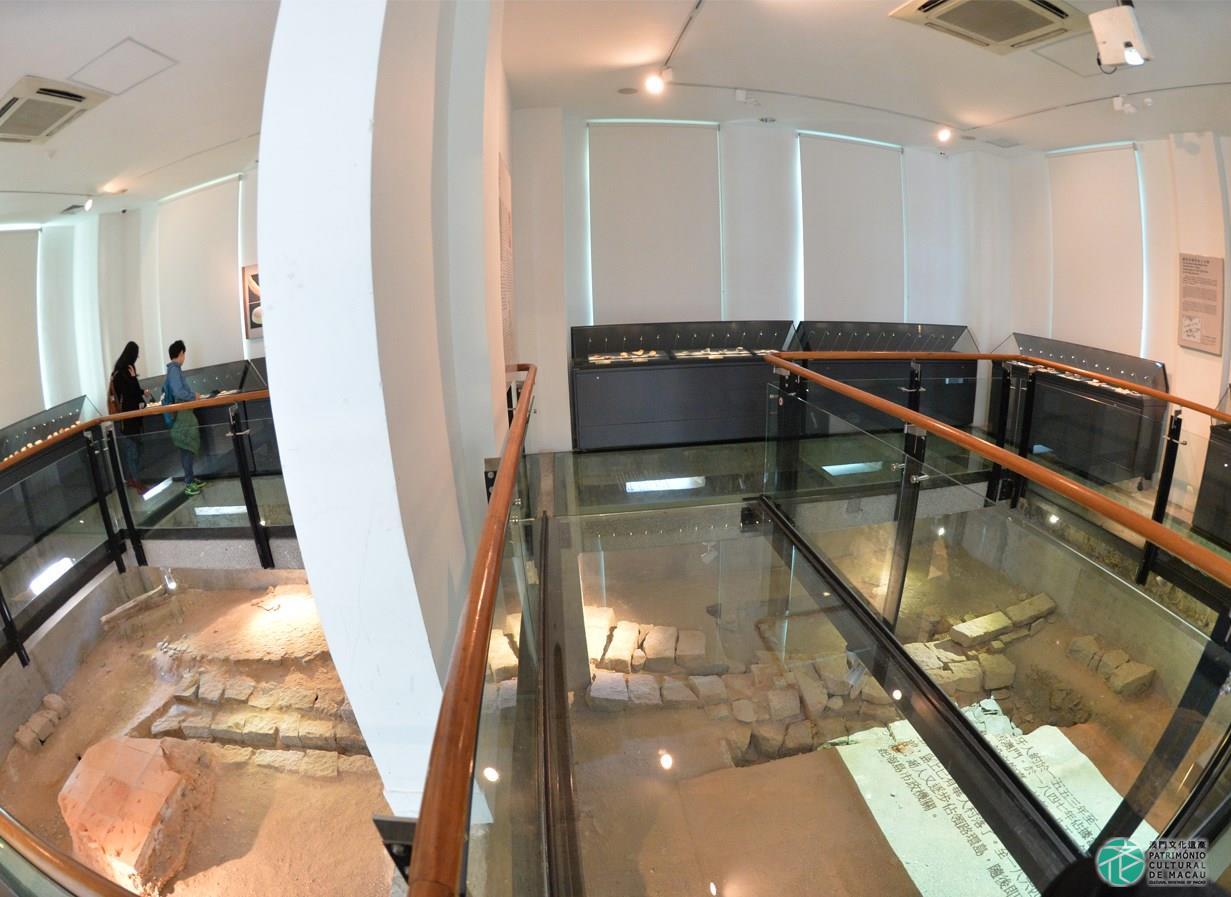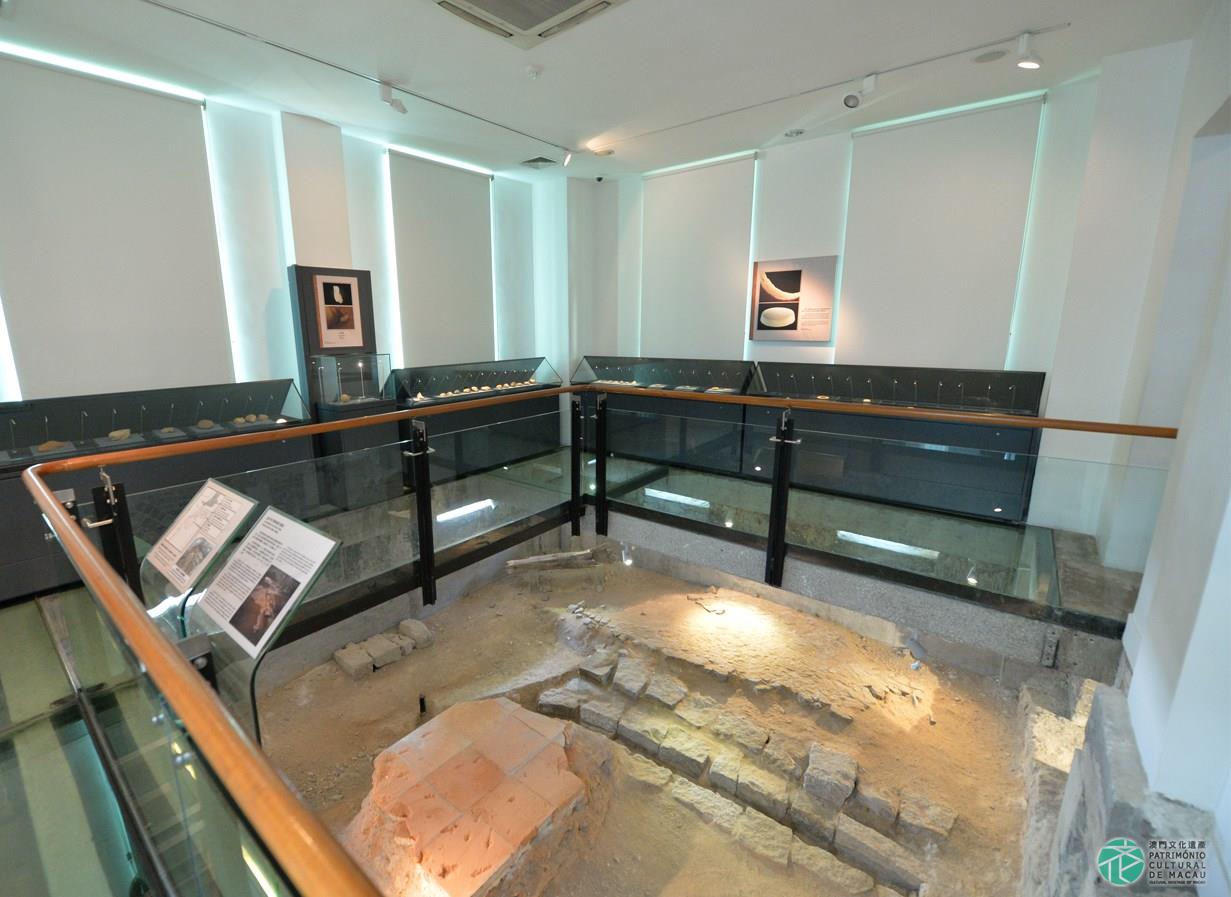The Site of the Stone Structure in the Underground Chamber of the Building of the former Municipal Council of the Islands is located in the Museum of Taipa and Coloane History, in Taipa Island. In 2004, during the reconstruction works of the building of the former Municipal Council of the Islands (currently the Museum of Taipa and Coloane History), an accidental discovery led to the uncovering of a stone structure dating from before the construction of the former Municipal Council Building, which took place in 1920. An excavation project was then carried out between 2004 and 2005, leading to the preservation of this archaeological site.
Within the excavated area, it was possible to identify a granite stone structure and the stone foundations of the walls, as well as the red floor tiles in the area of the old interior chambers, a stone drainage system, and some outdoor remains, including a portuguese-style cobble-stone pavement.
According to historical archival documents, the Portuguese occupied the small Taipa Island in 1847 and the big Taipa Island in 1851. From 1864 onwards, there was a gradual occupation of Coloane and the construction of the building of the former Municipal Council Building was finished in 1920. The mentioned archaeological findings were made in archaeological layers underneath the old Municipal Council Building, and it is believed that they are dated to the period between 1851, when the Portuguese took over Taipa, and 1920, when the Municipal Council Building was constructed. The unearthed remains, including the mentioned stone structure and stone pavement, and the architectural features themselves provide important archaeological evidence for researchers to study the history of the early development of Taipa. The significance of these archaeological finds, the first ones of their kind in the island of Taipa, also led to a revision of the adaptive re-use project of the Museum of Taipa and Coloane History, and a final decision was reached to preserve and exhibit these archaeological remains, within the museum'sestate collection, in the same place where they were unearthed.


